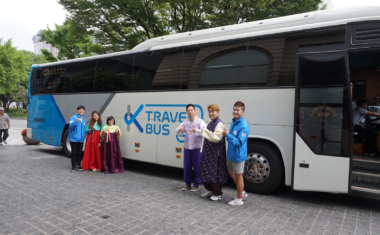Smart Taxi Stand System
- 5 min to read

About the city. Unlike many cities, taxis in Barcelona are not prohibited from cruising around in search of customers and do not have to use determined taxi stands.
Goal
The aim of the project is to reduce congestion and unnecessary fuel use by demonstrating a new form of information system for taxi users and taxi drivers in Barcelona.
Implementation period. The project’s implementation started in 2017.
Fact
47.4% of the daily taxi mileage in Barcelona is made vacant, and during 62.1% of the service time (i.e. 37 minutes per hour), the taxi does not have a customer (CENIT 2004).
Solutions
A mobile application has been developed to allow users to check for taxis at taxi stands located throughout Barcelona, which reduces the number of taxis cruising for customers.
The implementation of the project involved the installation of sensors at taxi stands (a total of 13 parking spaces) to control the number of waiting taxis in real-time. These sensors interact with the GrowSmarter IT platform and publish information through an app that can be accessed by taxi users and drivers. Several taxi stands were evaluated to assess the extent to which magnetic fields were detected (sensors track changes in magnetic fields and therefore require strong signals) and the presence of possible impacts on the strength of magnetic fields at the site (for example, pipes).
Discussions were held with the Regulatory Institute for Taxis and taxi operators were informed about the measure and the temporary closure of taxi stands during the installation of sensors (one day per location). A survey of drivers showed strong support for the measure. However, the physical implementation of this measure – installing sensors on the road surface and repainting road markings in taxi stands to ensure accurate parking was significantly less complex than the data management issues associated with this measure.
Challenges
The process of obtaining permits for physical work took time. Similarly, the costs of accessing the network and using the system, as well as issues related to data transmission costs (free of charge for the city administration during the project phase), are long-term problems for this type of actions. In the absence of rules requiring taxis to use taxi stands, customers still prefer to hail them on the street or pick them up, for example, at their place of residence or office.
Team
Barcelona city council, Cellnex, CENIT, Urbis Up
Timeline
- Up to 50% reduction in CO2 emissions possible if all taxis use stands.
- Up to 50% reduction in kilometres driven possible if all taxis use stands.
If you notice an error or inaccuracy in our editorials, please email [email protected] so we can look into it.






